Mexico’s peso has had an assorted history against the US dollar. Periods of stability have been followed by periods of great turmoil —and resulting devaluations— followed by rallies and stabilization.
An irony —economists would say corollary— is that the only times the peso has gone through periods of appreciation against the dollar has been in the decades when it was allowed to float freely, with no exchange controls in place, few or no price controls in the domestic market, and no restrictions on withdrawing capital or profits.
From controlled exchange rates to free-floating currency
Over the last seven decades or so, different governments have applied different measures for managing the peso’s exchange rate, depending on their perception of the country’s needs at the time.
From 1954 to 1976, the Mexican peso was held at a fixed rate of 12.50 (old pesos) to the US dollar.
A devaluation in 1976 was followed by a long period of different exchange controls which included outright restrictions at times, multiple rates at others, and a system of ‘exchange rate bands’ that allowed a steady but gradual depreciation of the currency.
A continuing series of devaluations through the late 1970s and 1980s —some major, some controlled— culminated in an economic blowout in December 1994, when the country’s reserves became depleted following a year of capital flight, and that led to a free-floating exchange rate that has been maintained ever since, with the central bank only intervening in times of distress in markets.
Mexico’s peso from the late 1990s to 2010
Following the peso’s float on international markets, the currency spent the late 1990s trading in a range between 9 and 10 pesos to the dollar.
In the spring of 2002, the currency began to devalue and closed above 11 pesos in February of 2003. In the several years that followed the peso traded between 10 and 11.50 to the US dollar.
After briefly closing below 10 to the dollar in July 2008, the global economic crisis which began that summer caused the currency’s value to buckle. The peso began to devalue sharply in August falling from around 10 to more than 15 pesos per dollar by March of 2009—as investors sold Mexican stocks and bonds, often for cash to change back to dollars to meet other obligations.
Since that crisis originated in the US, its effect on Mexico was much greater than it was on other countries which have fewer (or smaller) trade and investment ties.
The decade from 2010 to 2020
Mexico survived the 2008 crisis largely intact, and by October 2010 the peso recovered about half of its lost value, trading at around 12.50 to the dollar.
From 2011 to 2014, the currency traded in a range of ~11.60 and ~14.70 pesos to the dollar. In 2015 the peso began to slide again; by late summer of that year it touched 17, and by February of 2016 it closed at near-19. A spring rally brought the peso back to near 17, but a steady summer decline lead to the peso breaking the psychologically-significant ‘20-to-1’ level in November 2016.
After further declining to around 21.60 in January 2017, the peso passed through another period of peaks and troughs over the next three years, trading between 17.60 and 20.50 during that period.
2020 through 2025
The Covid pandemic that began in the winter and early spring of 2020 caused the Mexican peso to experience a rapid decline in value against the US dollar—briefly touching an historic low of 25 pesos by the end of March 2020.
However, in late spring the peso began to quickly recover its poise, and by November 2020 the currency stabilized again to trade in a range of between 19 and 20 pesos to the dollar—and remained remarkably stable in that range during the two difficult years that followed.
The Mexican peso began a strong rally in the autumn of 2022—getting the term ‘Super Peso’ trending on social media in response to the currency’s strength.
That rally peaked with a high of ~$16.33 in the spring of 2024; however, soon after the elections in Mexico on June 2nd, the peso came under pressure and fell quickly to trade above 18 pesos to the dollar again. It continued to decrease in value throughout the summer and autumn of 2024, closing the year at $20.88. Mexico’s peso has traded near or above the 20-1 level in first half of 2025, and in the summer began to appreciate again, trading near the $19-1 range.
Latest Mexican peso prices and historical data
This page on Yahoo finance shows the latest market price of the Mexican peso vs the US dollar, and charts with historical data going back 20 years.
Predictions for the future value of Mexico’s peso
There are varying views on whether the peso is over- or under-valued at the present exchange rate. Different economists, including those at the Bank of Mexico, use different criteria to calculate what they believe a currency’s fair value ought to be, and therefore come up with different results and publish those estimates accordingly.
As we mentioned in the latest peso commentary article, economists are predicting that the peso will weaken again; but the simple truth of the matter is that no one can foretell its future value with any meaningful degree of precision—and a glance back at previous years’ estimates by the same groups of ‘experts’ confirms that.
Understanding currency pairs
Most of the peso trading is done against the US dollar, and rates vis-à-vis other currencies such as the British pound, the Canadian dollar or the euro, are simply a combination of the two rates, or “currency pairs” as they are known in the trading world.
Thus, if the Canadian dollar rises relative to the US dollar, it would also be more expensive to buy Canadian dollars with pesos, unless the peso had also risen against the US dollar. There are no fixed rules about that. Sometimes the peso can appreciate while others depreciate against the US currency, other times they will move in the same direction. It can depend on many different things. Occasionally the reasons for the change are local, and other times they are global.
Learn more about money and currency in Mexico
Read our latest articles related to money, banking, and finances in Mexico:

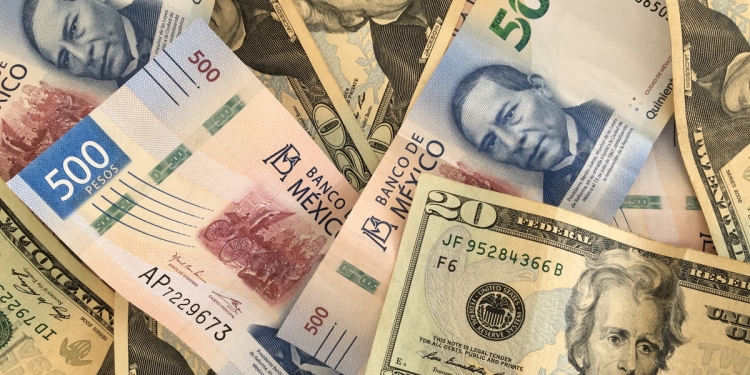
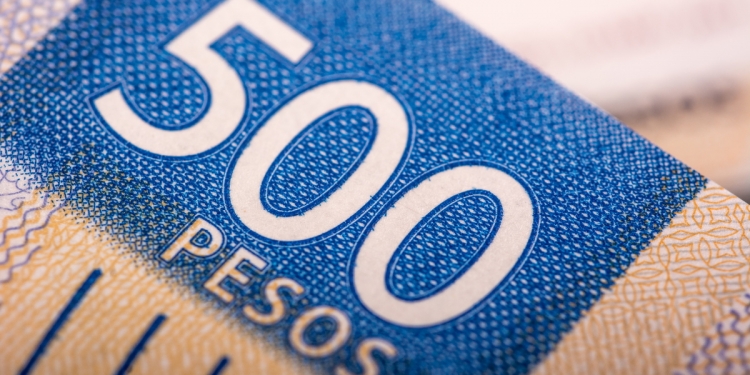
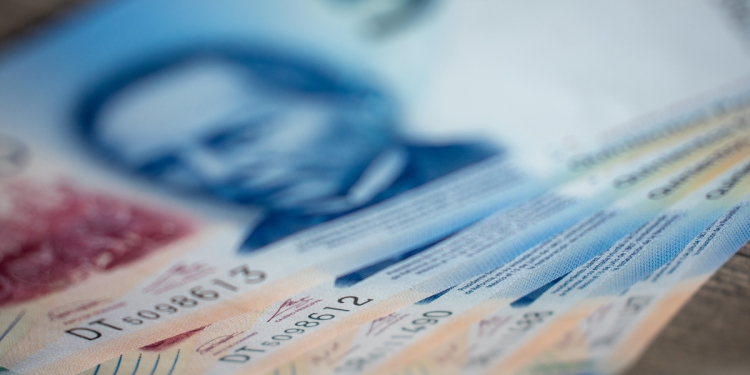
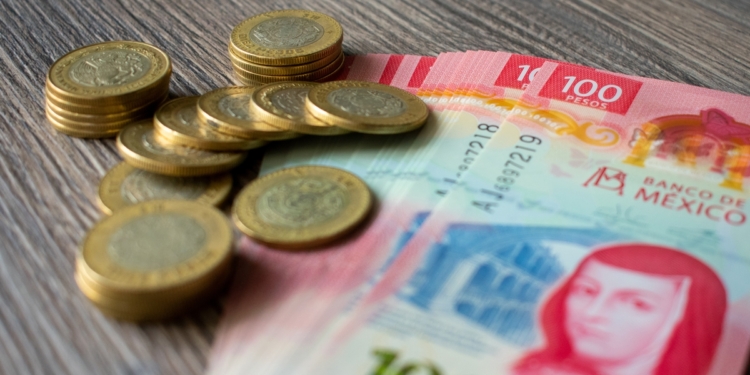
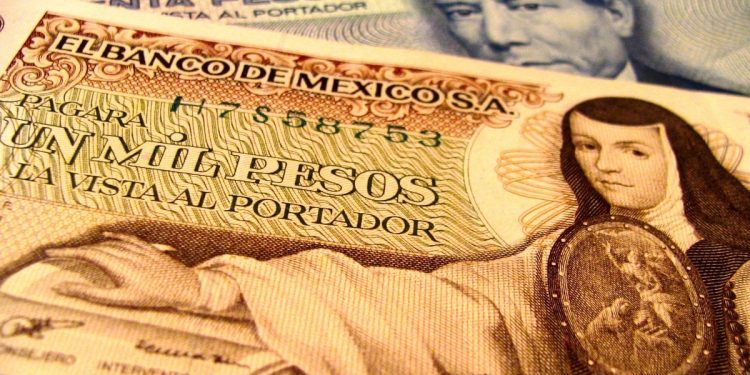
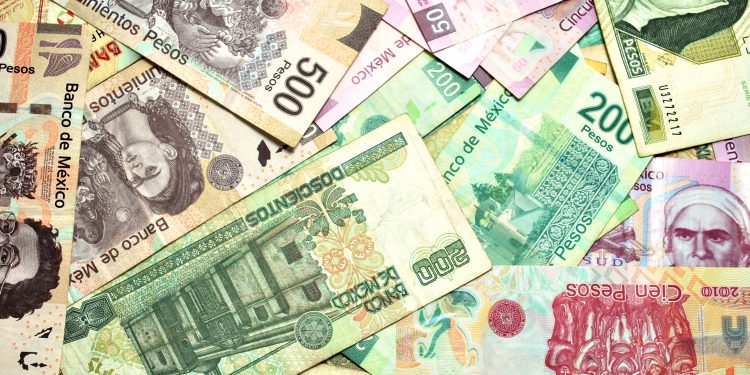
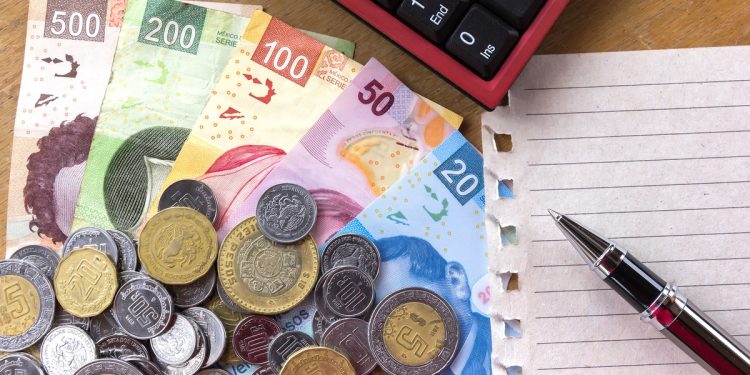
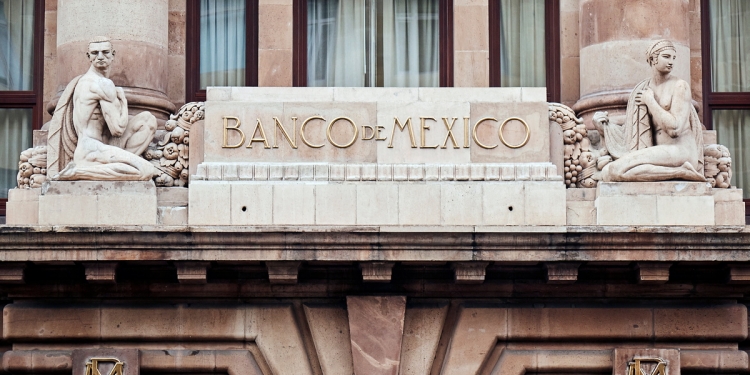

Another update: it is now below 19 to the dollar
If only I had been older and wiser when traveling in Mexico in the 60’s and 70’s ! I would have brought back buckets of silver pesos that cost me 8 cents a piece . What would the melt value be today ? They were the size and weight of silver dollars , and I loved the feeling in my hand along with the clinking they made .
Strong peso rally that was dubbed the “super peso” actually began in October 2022. The first three months of this year (2024), it traded between 16.80 and 17.30 per dollar; and then an early spring rally brought the peso close to 16.
Now it is trading above 20 to the dollar.
The peso is well above dollar parity. This will end very badly, but AMLO will be gone
I’m feeling quite positive about the Mexican peso. Mexico is a major exporter of food, and seems to have survived recent climate disasters fairly well. I’m a Canadian, and we have suffered major crises like the complete loss of grape crops in the whole of BC, and droughts in the Prairies, so our consumers welcome Mexican produce whenever we find it in the supermarket. That has to affect the trade balance, and this of course drives the exchange rate.
I’m not an economist, I just buy lots of asparagus…
Im mexican living in Baja, as a professional worker I dont repercussions on my finances, this is based on my personal point of view and lifestyle.
With the apreciation of the mexican peso travel become more afortable also buying properties.
I’m going to be able to pay the loan of my appartment on decemebr of this year (2024). I’m 34 years old.
Now I’m thinking to invest my money in another property around the country. Of course, I’ve been working hard to achieve my goals, but certainly as a regular citizen of Mexico I’m expecting the government continue fighting against the corruption and all of us needs to support this, for a better country and better communities.
The thing of peso is been trading good against dollar but if you compare the gold vs peso it has been falling. The U.S. didn’t get soft landing they lie. Mexico can’t hold no more us debt Mexican banks need to dump dollar and trade oil like Russia. The bad news is stagflation won’t go, fiat currency will plunge and we will suffer.
It looks like the thieves of Mexico, (The president and The bank of Mexico) are going to continue to lie and steal from the Mexican people. They Know more than J.P Morgan and Sachs. They can’t help themselves the money looks so good to them. The peso is being overvalued at the expense of the Mexican people. This is how you run a country? It is at $17.10 to $1 today and still going down. These theft are still trying to say they know more than anyone. He is like another president of Mexico years ago. The people were looking in one direction and he stole in the other direction. When he finished he left the country with the people’s money. The difference is, this president is afraid to leave the country out of fear not being able to return. Don’t believe me, when was the last time he left Mexico? If you believe this guy, I want sell you a little bridge, called the Brooklyn bridge.